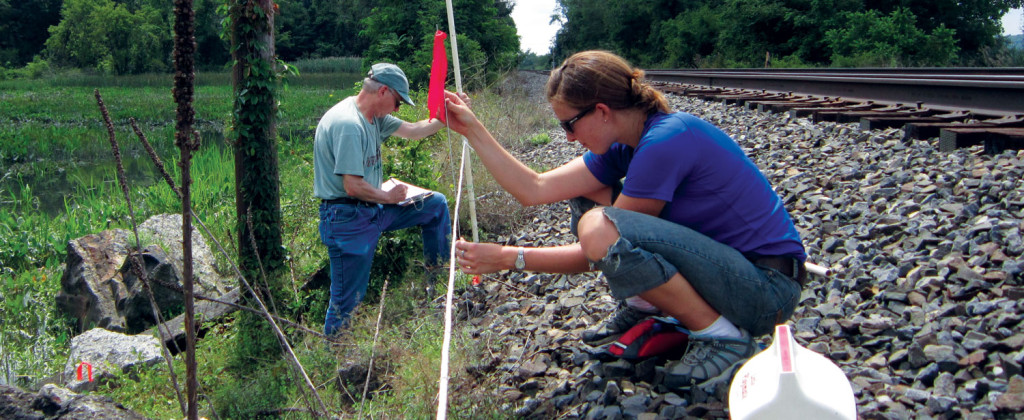
While the Hudson River is one of the largest, most studied estuaries and lots of data exists, a crucial step to developing the comprehensive restoration plan was to determine the extent and severity of habitat alteration and pollution that has occurred and continues to affect the vitality and resiliency of the Hudson River ecosystem.
An assessment of current conditions was completed through a two-phase modeling process which allowed scientists and other experts to answer questions about where restoration is needed. The assessment was done in two phases with the Center for International Earth Science Information Network (CIESIN) at Columbia University. This important step provides a more complete understanding of the river’s important habitat patterns and the way it is used by fish, wildlife, and people.
PHASE 1
The first phase allowed for the identification and collection of more than 200 data sets related to the habitats and infrastructure of the Hudson River. These data sources were contributed by the NYS Department of Environmental Conservation, U.S. Environmental Protection Agency, National Oceanic and Atmospheric Administration, partners, independent researchers and academics.
PHASE 2
The second phase involved the integration and analysis of this data to create a physical habit model showing the current location, quality, and quantity of the Hudson’s existing critical resources. This step will help decision-makers better understand which places are most important before determining what specific actions or projects would best protect and restore the estuary, as well as where those projects should occur.

